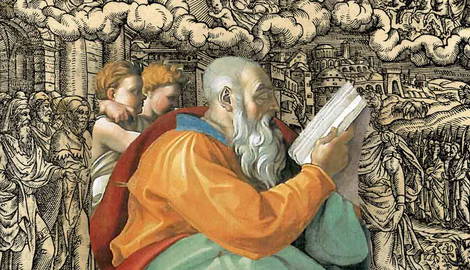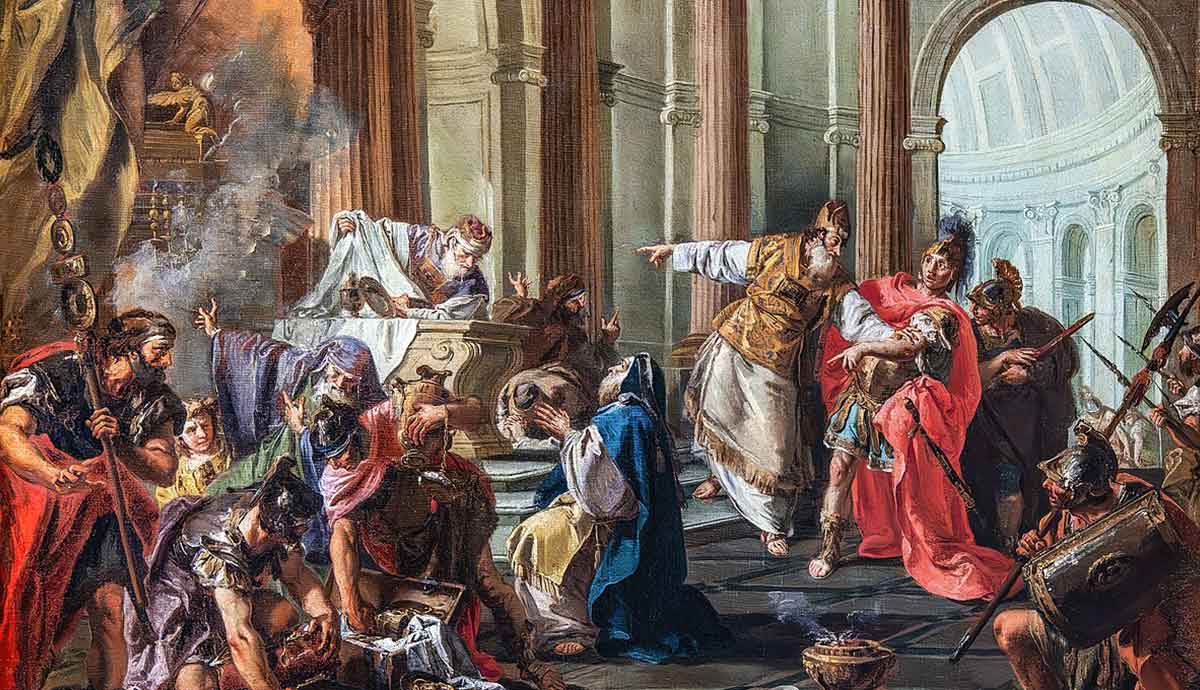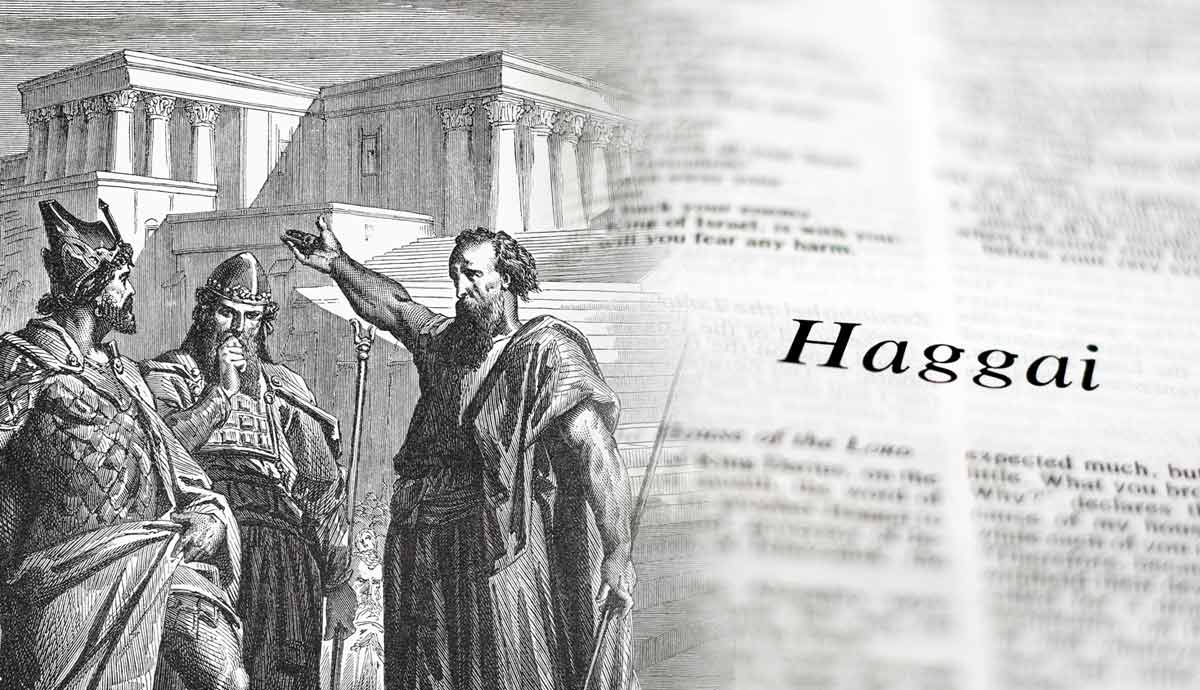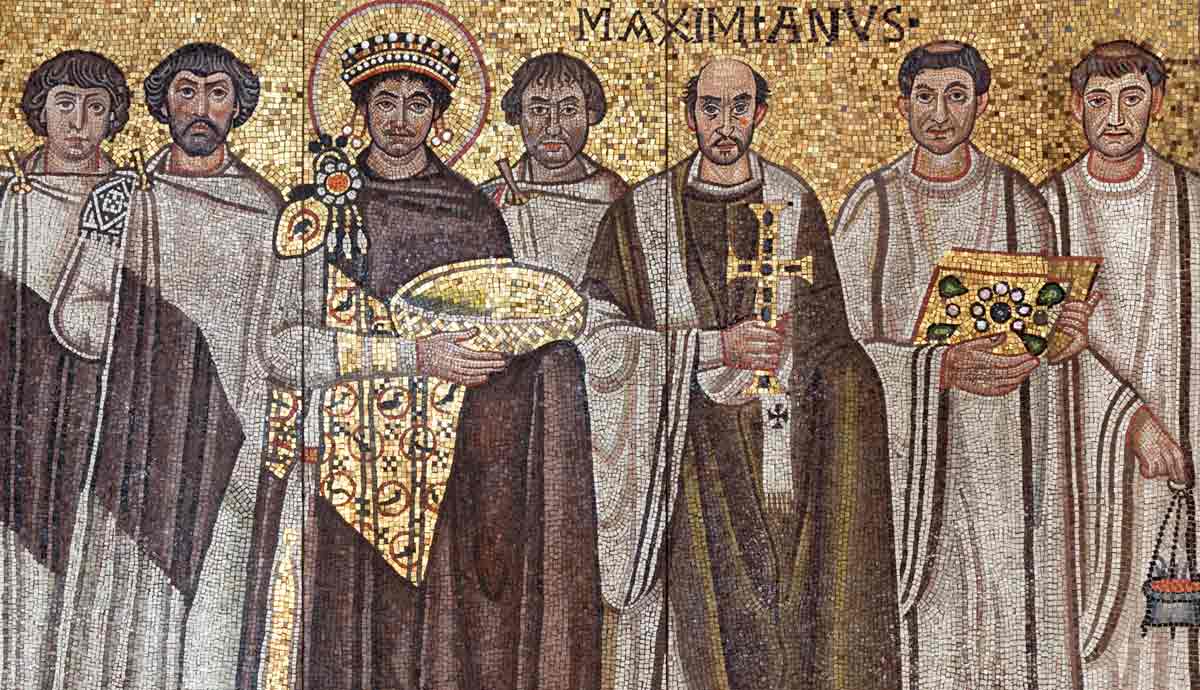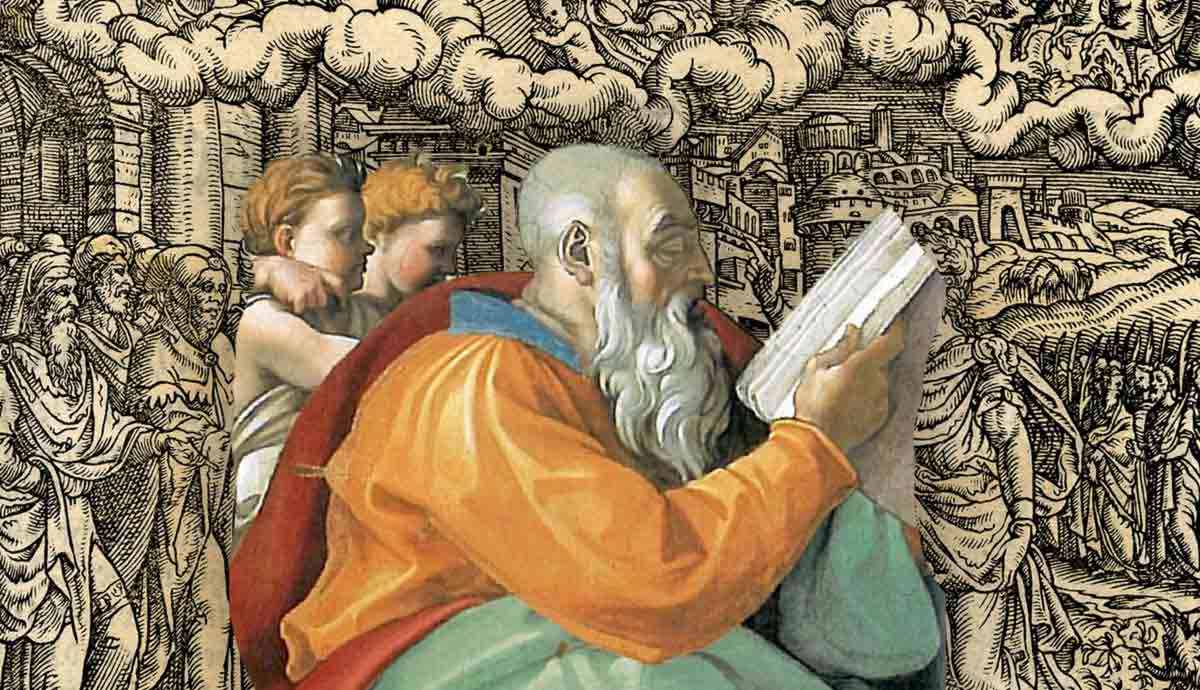
Zechariah started his ministry roughly at the same time as the prophet Haggai. The setting was post-exilic Judah and the time of reconstruction of the Temple. Unlike Haggai, Zechariah had strange visions with lots of symbolism that conveyed God’s message to the returned exiles. The book divides broadly into two parts of which the second may also have been authored by Zechariah but if so, much later in his lifetime, after the reconstruction of the Temple. The book contains several Messianic elements that relate to events in the life of Jesus.
Book of Zechariah: Authorship and Date
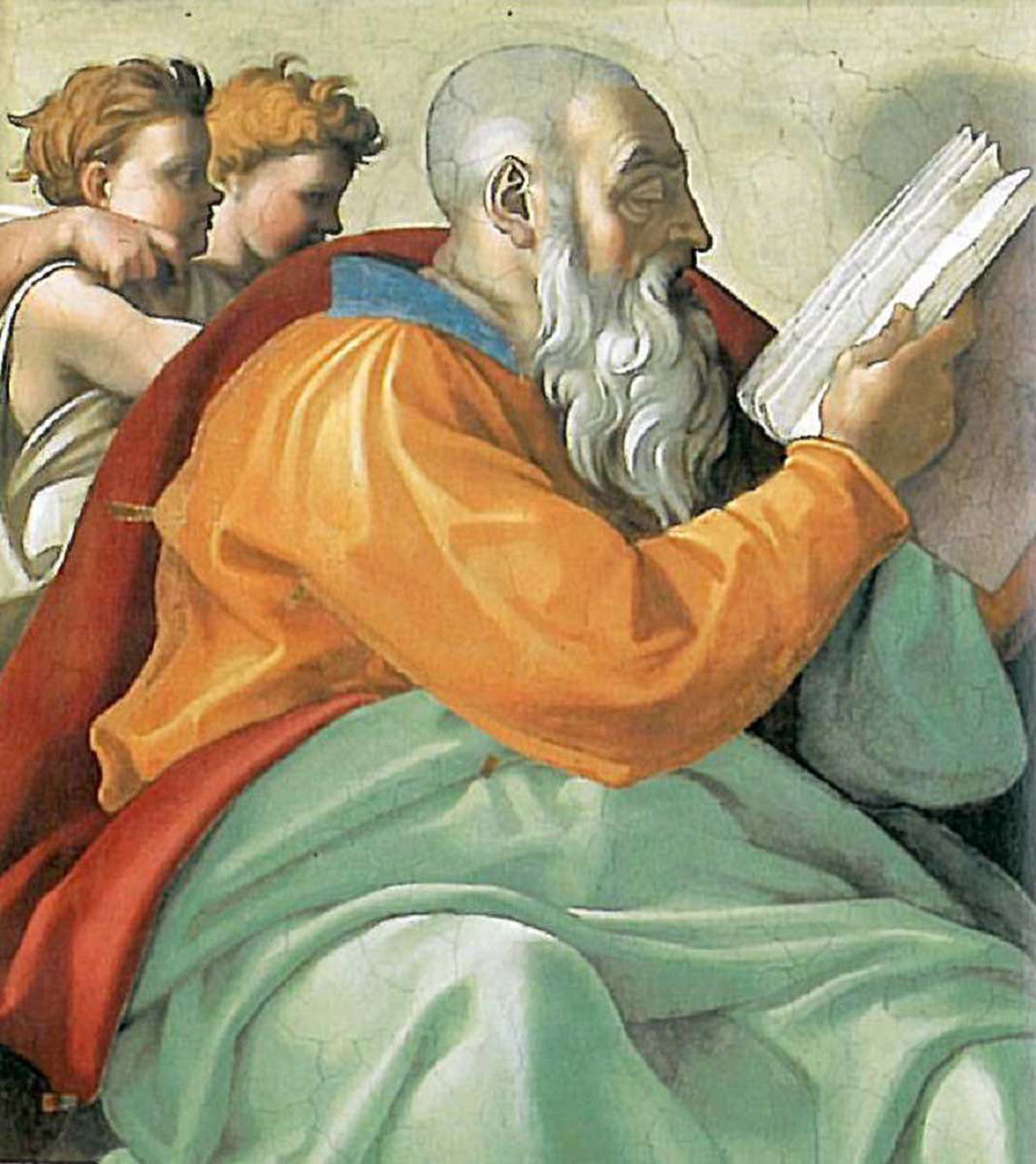
Tradition holds that Zechariah wrote the book carrying his name, but there are indications that the latter part of the work dates later. The first part dates to two months after Zerubbabel received the word of the Lord through Haggai in writing, so, Zechariah and Haggai were contemporaries.
The content reveals that the first eight chapters addressed the post-exilic situation when Zerubbabel was the governor and Joshua the high priest.
Zechariah was the grandson of Iddo, the head of one of the priestly families who returned from exile and he is mentioned in Nehemiah (12:4, 16). The first part of the Book of Zechariah safely dates to the 5th century BCE from 520 to 518 BCE.
The latter part of Zechariah mentions the Greeks (Zechariah 9:13), causing scholars to propose a later date for this section. Because of this difference, scholars refer to this part of the book as deuteron-Zechariah which means second-Zechariah. Unlike the first part, there are no clues in the text that indicate when the author wrote this part. The political developments in the narrative make a date of 480-470 BCE likely, thus Zechariah may have authored it late in his life, though other authors are also a possibility. At that time the Second Temple had already been built.
Historical Context
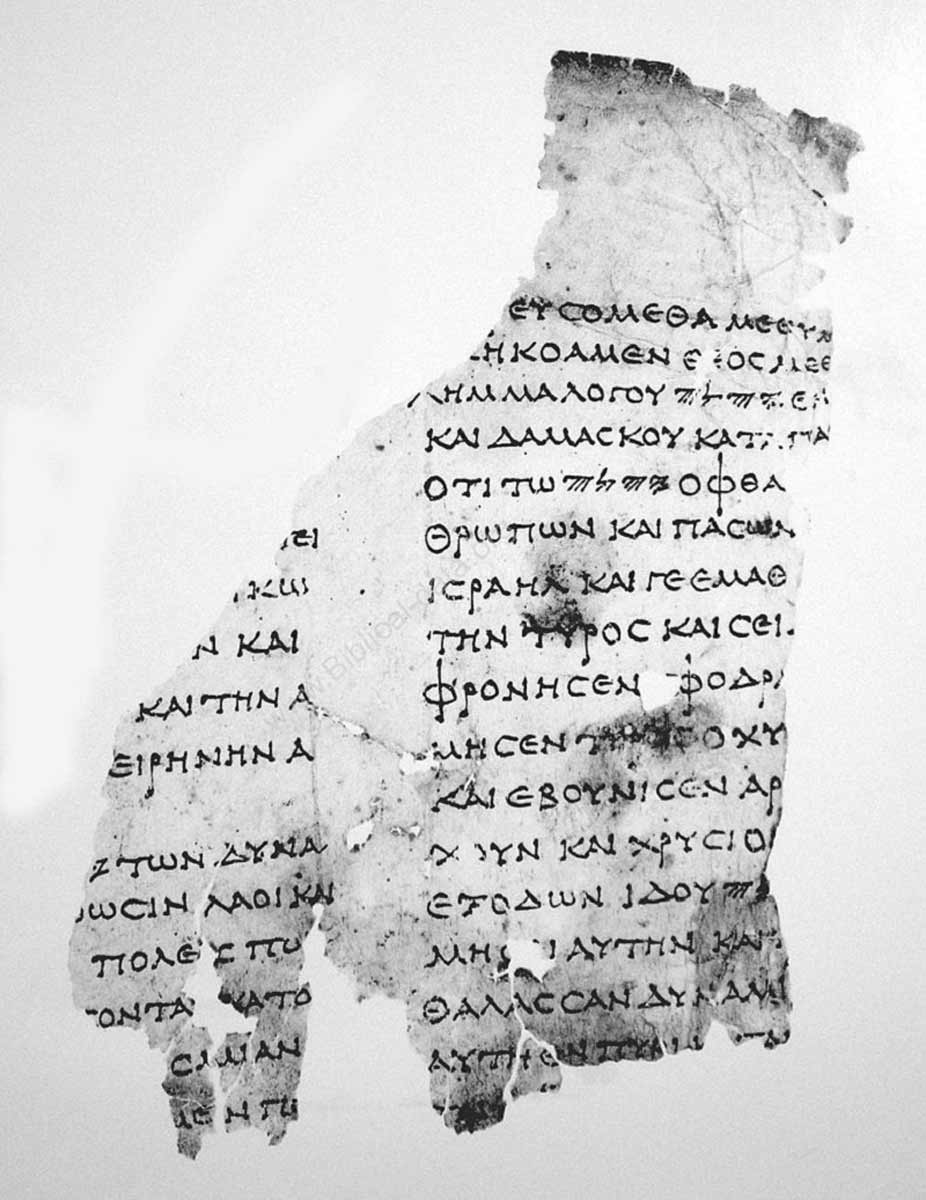
The Kingdom of Judah fell to the Babylonian Empire under Nebuchadnezzar and the conquerors took the people of Judah into exile in three waves between 605 BCE when the Babylonians defeated the Egyptians at the Battle of Carchemish and 587 BCE when Jerusalem and the Temple were destroyed. In turn, Cyrus, king of the Achaemenid Persian Empire conquered the Babylonians in 539 BCE and the protocols for dealing with the Jews in exile changed.
The Persians decreed that the Jews who wished to do so could return to their native land and reconstruct Jerusalem and the Temple. They appointed Zerubbabel governor, and Joshua served as high priest. Surprisingly, rebuilding the Temple was not high on the list of priorities of the returned exiles. The returnees faced other difficulties that distracted them from starting the rebuilding process. Other residents in Judea opposed reconstruction and the government of Persia caused delays to the work as well.
Zechariah prophesied to the people of Judah in this context, though his prophecies differed from those of Haggai. He used elaborate imagery to convey his message to the people.
Structure
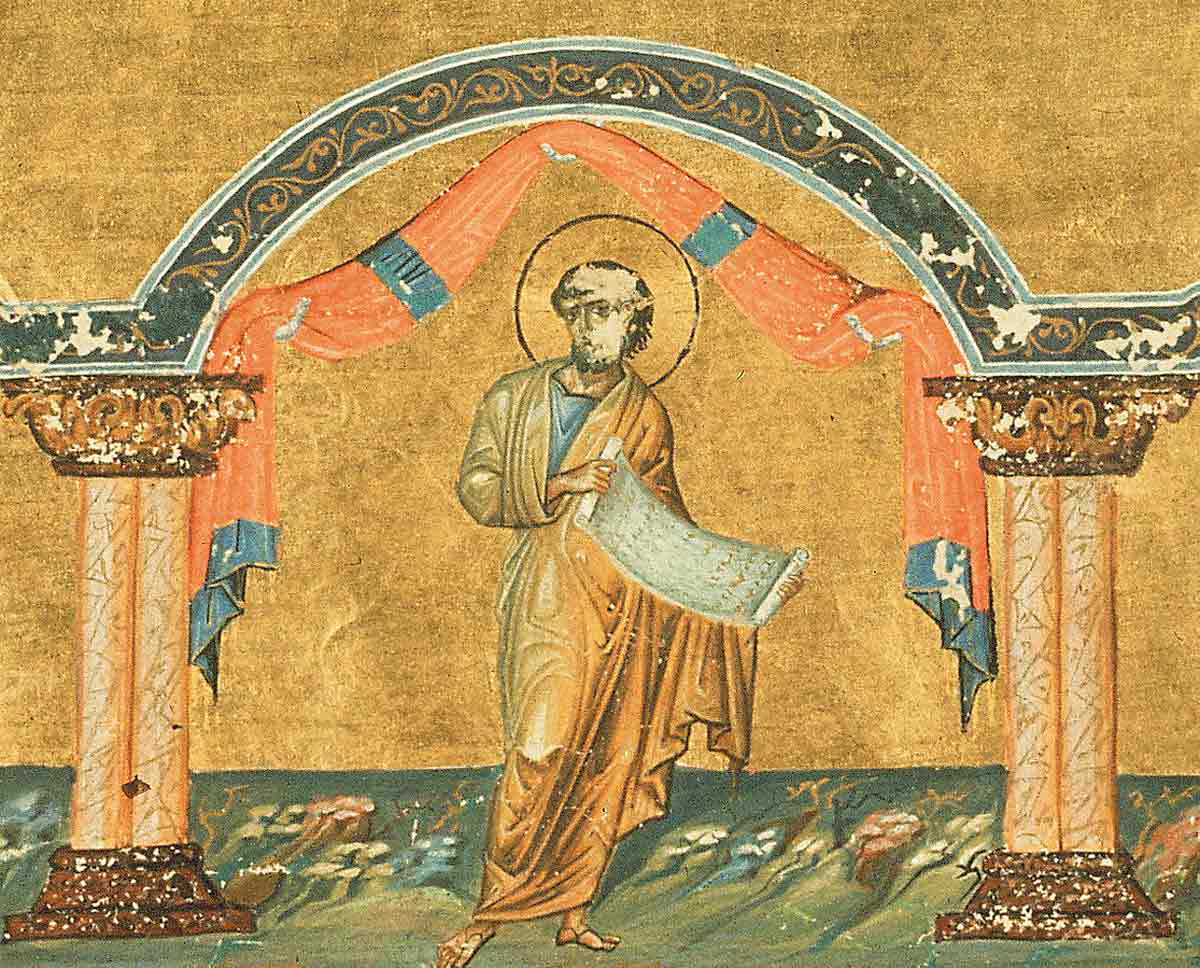
Introduction (Zechariah 1:1-6)
The introduction to the Book of Zechariah provides the information to determine the date, author, and context of the first part of the book. It also includes a call to repentance which leads into the eight visions that follow.
Eight visions (Zechariah 1:7-6)
Zechariah had eight night-time visions filled with bizarre imagery. The first and last visions contain four horsemen. The second and seventh visions deal with Israel’s past sins that led to their exile. The third and sixth visions have the reconstruction of Jerusalem as the main theme. The fourth and fifth visions are about the two leaders in Israel; the first is Joshua, the high priest, and the second is Zerubbabel, the governor from the royal lineage of David. This section closes with a word from God where Joshua is crowned as the priest-king, later serving as a symbol of Christ. All these visions were conditional on the faithfulness of the people.
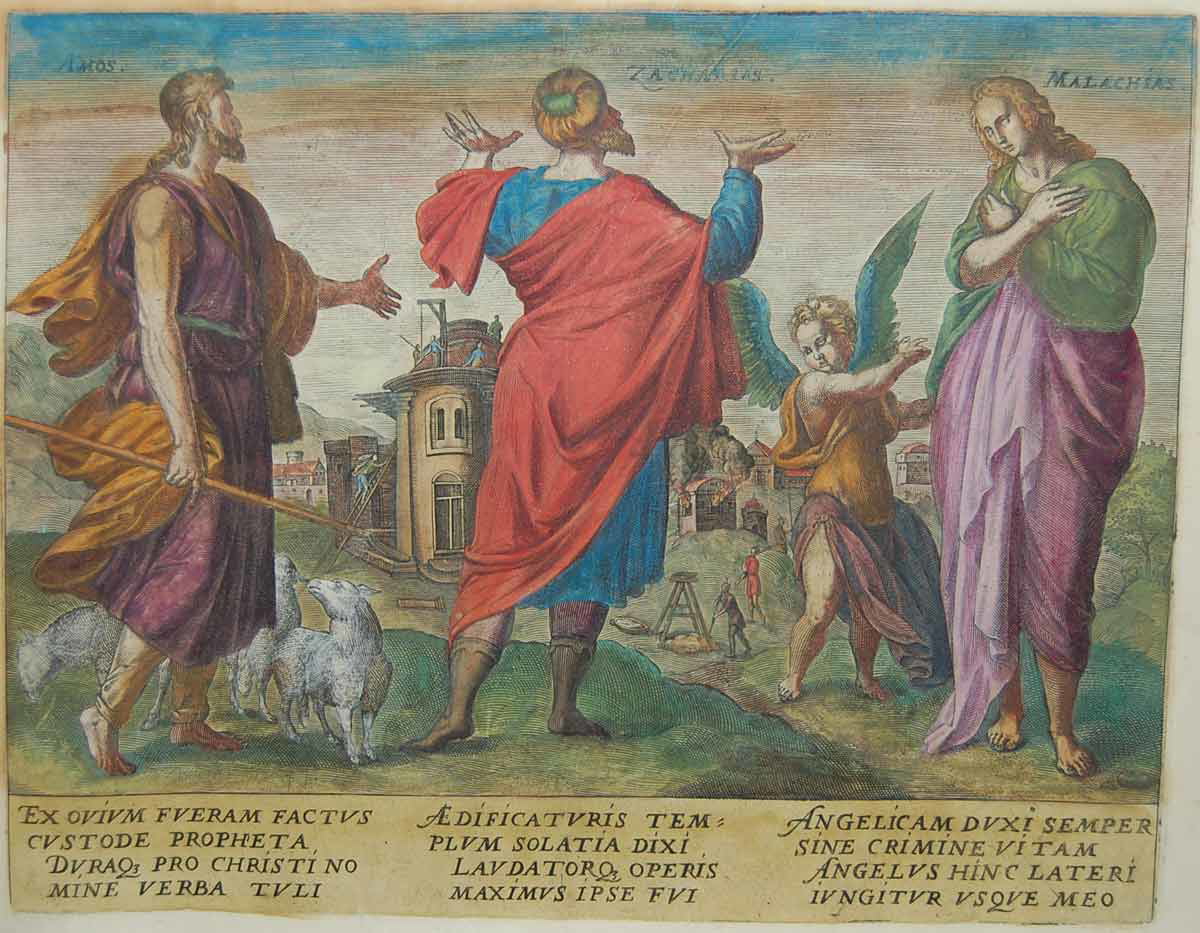
Oracles about religious practice (Zechariah 7 and 8)
Zechariah reminded a group of mourning Israelites of the unfaithfulness of Israel in the past. He asks them if they would be the faithful generation who will live the principles of justice and mercy and receive the resulting blessings.
Oracle of judgment, a ruler to come, and restoration (Zechariah 9-11)
These chapters present a messianic vision of a leader coming to his people on a donkey. He is then depicted as a shepherd rejected by others who also present themselves as shepherds. God hands Israel, depicted as sheep, over to the corrupt shepherds.
Salvation, renewal, and the day of the Lord (Zechariah 12-14)
The closing chapters present the New Jerusalem as a place where God’s justice triumphs over evil. It is a compilation of poems and images that include God addressing the sinfulness among his people. It closes with a river of living water streaming from the New Jerusalem.
Main Themes
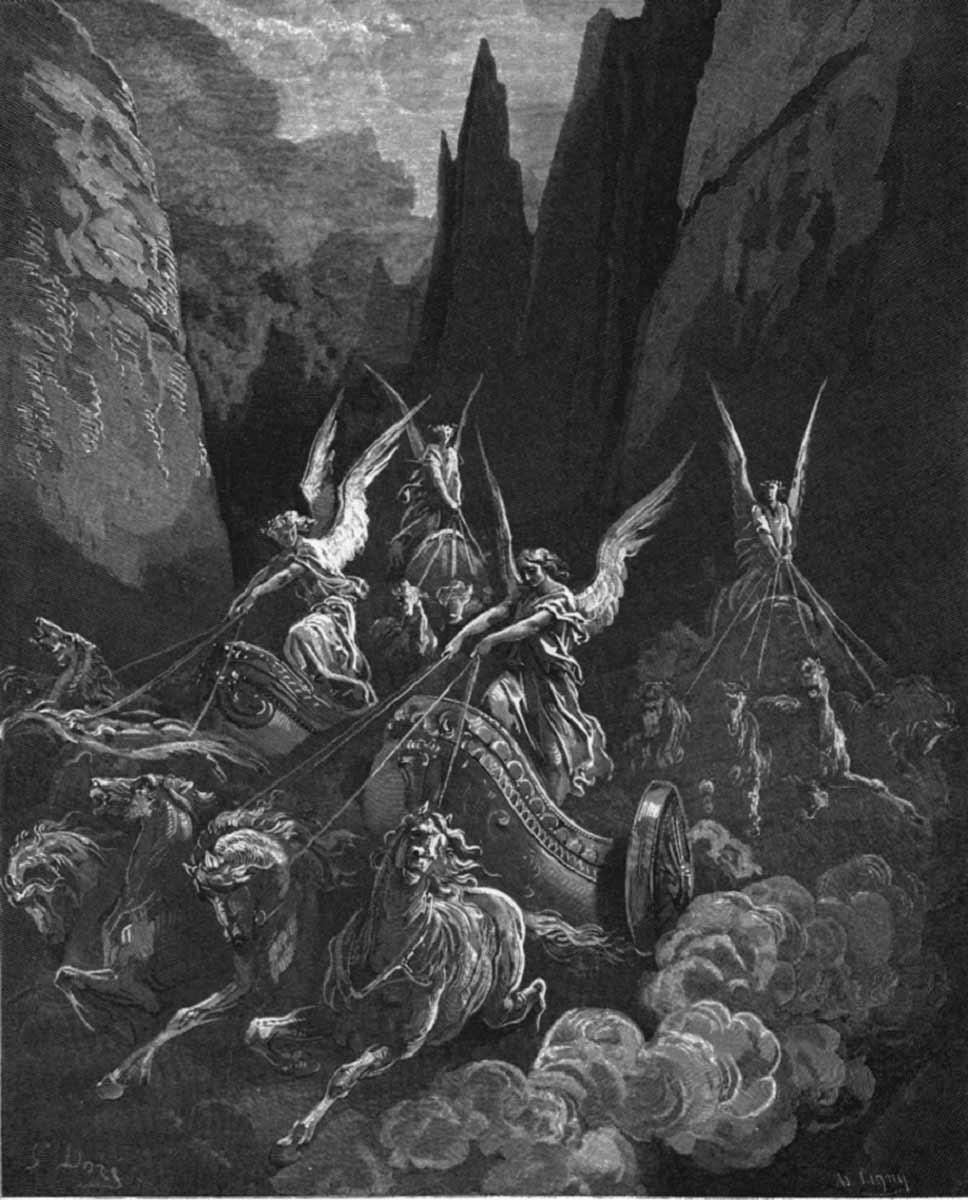
Ritual versus true worship
From the Book of Zechariah, it is clear that God wants faith to be a lived spirituality that manifests in characteristics consistent with the New Testament fruits of the spirit, not mere religious rituals. He emphasized kindness to and care of others.
Sovereignty of God
God’s ability to judge all nations is evidence of his sovereignty. It also shows in his control of history where God sets up and brings to a fall a sequence of nations to fulfill his purposes.
Repentance and Forgiveness
Zechariah repeatedly emphasized that God is willing to forgive those who repent and would set the past transgressions of Israel behind him. It would be as if the past sins had never been.
Restoration
God promised restoration to those who returned to him and remained faithful. It provided hope to a population that lived in troubled and difficult times.
Key Passages
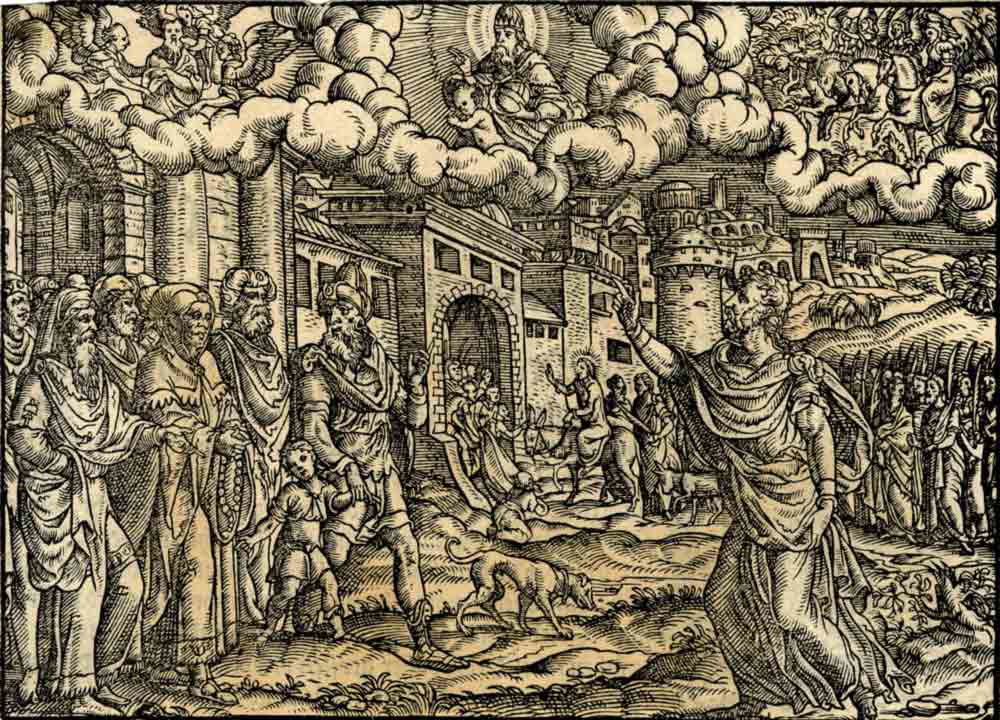
Zechariah 1:3
“Therefore say to them, Thus declares the LORD of hosts: Return to me, says the LORD of hosts, and I will return to you, says the LORD of hosts.”
From the beginning of the Book of Zechariah, God stated that his purpose was reconciliation with his people.
Zechariah 7:9-10
“Thus says the LORD of hosts, Render true judgments, show kindness and mercy to one another, do not oppress the widow, the fatherless, the sojourner, or the poor, and let none of you devise evil against another in your heart.”
God expected the characteristics associated with his loving nature to manifest in the lives of his people. He required social justice and kindness to those who suffered.
Zechariah 7:13
“‘As I called, and they would not hear, so they called, and I would not hear,’ says the LORD of hosts, ‘and I scattered them with a whirlwind among all the nations that they had not known. Thus the land they left was desolate, so that no one went to and fro, and the pleasant land was made desolate.’”
When Judah rebelled against God, he allowed their enemies to take them into exile so they could learn from the consequences of their actions. However, He never abandoned them, having promised restoration even before they were taken.
Zechariah 9:9
“Rejoice greatly, O daughter of Zion! Shout aloud, O daughter of Jerusalem! Behold, your king is coming to you; righteous and having salvation is he, humble and mounted on a donkey, on a colt, the foal of a donkey.”
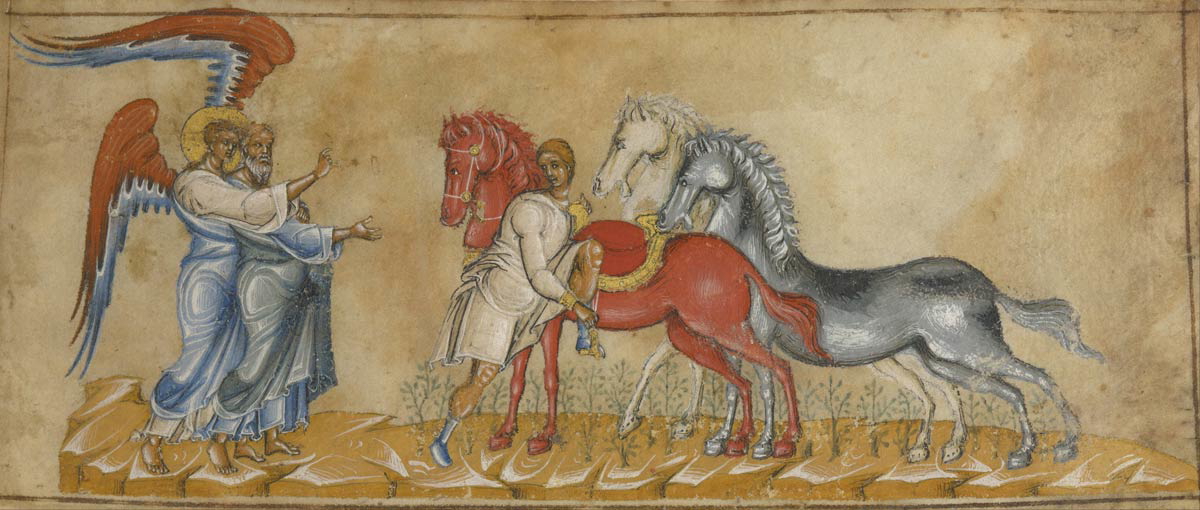
This is one of several Messianic prophecies in Zechariah. The three synoptic gospels and John record the fulfillment (Matthew 21:1-9, Mark 11:1-10, Luke 19:28-40, John 12:12-15)
Zechariah 12:10
“And I will pour out on the house of David and the inhabitants of Jerusalem a spirit of grace and pleas for mercy, so that, when they look on me, on him whom they have pierced, they shall mourn for him, as one mourns for an only child, and weep bitterly over him, as one weeps over a firstborn.”
Another Messianic prophecy from Zechariah relates to Jesus being pierced on the cross. John 19:31-37 recorded the account of its fulfillment.
Zechariah 13:9
“And I will put this third into the fire, and refine them as one refines silver, and test them as gold is tested. They will call upon my name, and I will answer them. I will say, ‘They are my people’; and they will say, ‘The LORD is my God.’”
The refining of metal serves as a symbol of purification. Zechariah, and the last of the Minor Prophets, Malachi, make use of this imagery.
Book of Zechariah: Contemporary Relevance
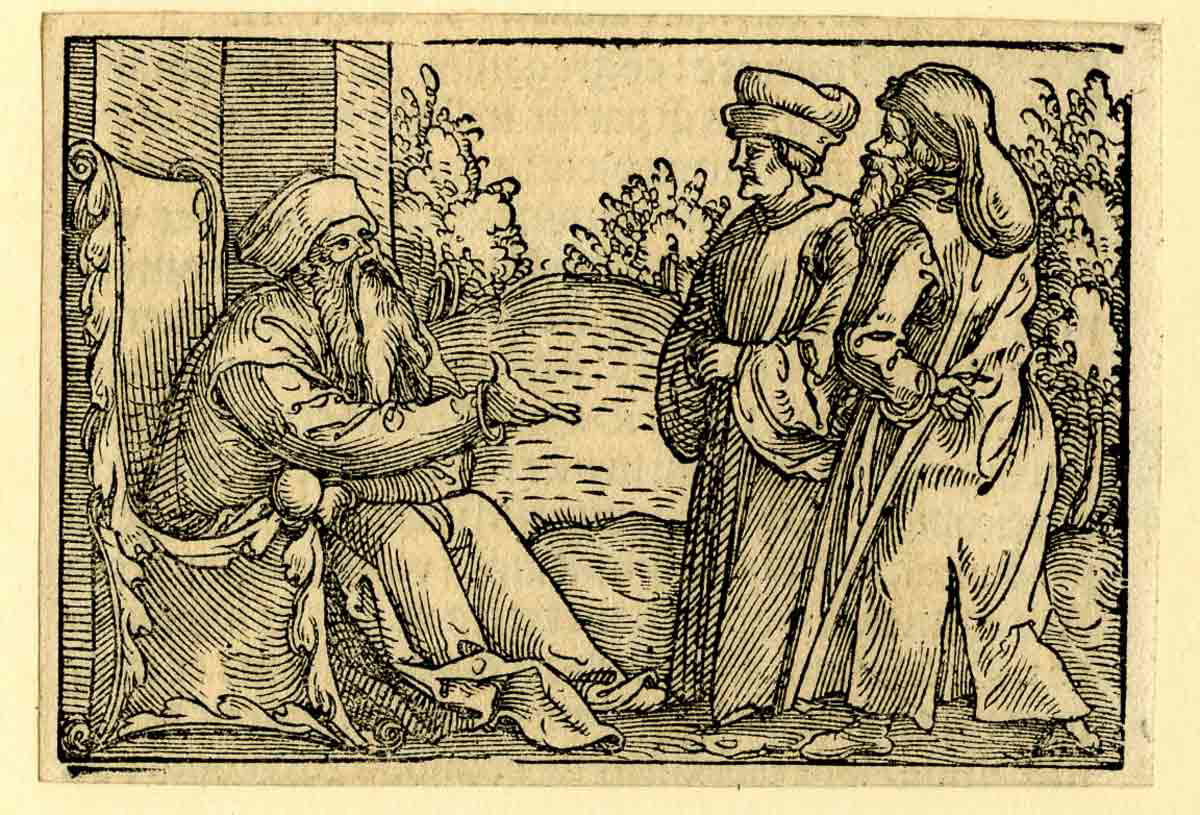
Zechariah teaches the contemporary reader the importance of living their faith in a way that tangibly impacts the lives of others, especially the disadvantaged and downtrodden. In addition, the book shows God’s sovereignty, judgment, and mercy which assures the believer that whatever their current situation may be, justice will prevail in the end. From the contemporary perspective, the fulfilled Messianic prophecies build trust in the veracity of the Bible and its message.
